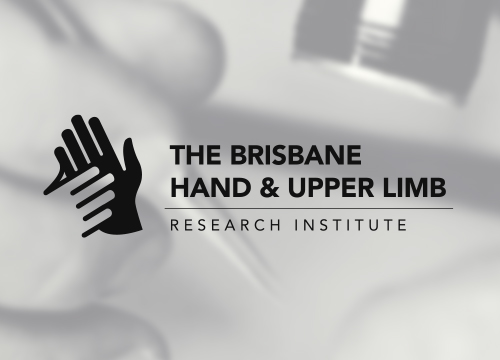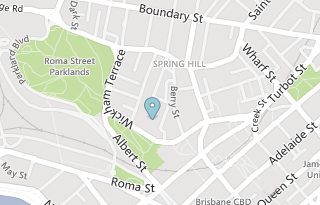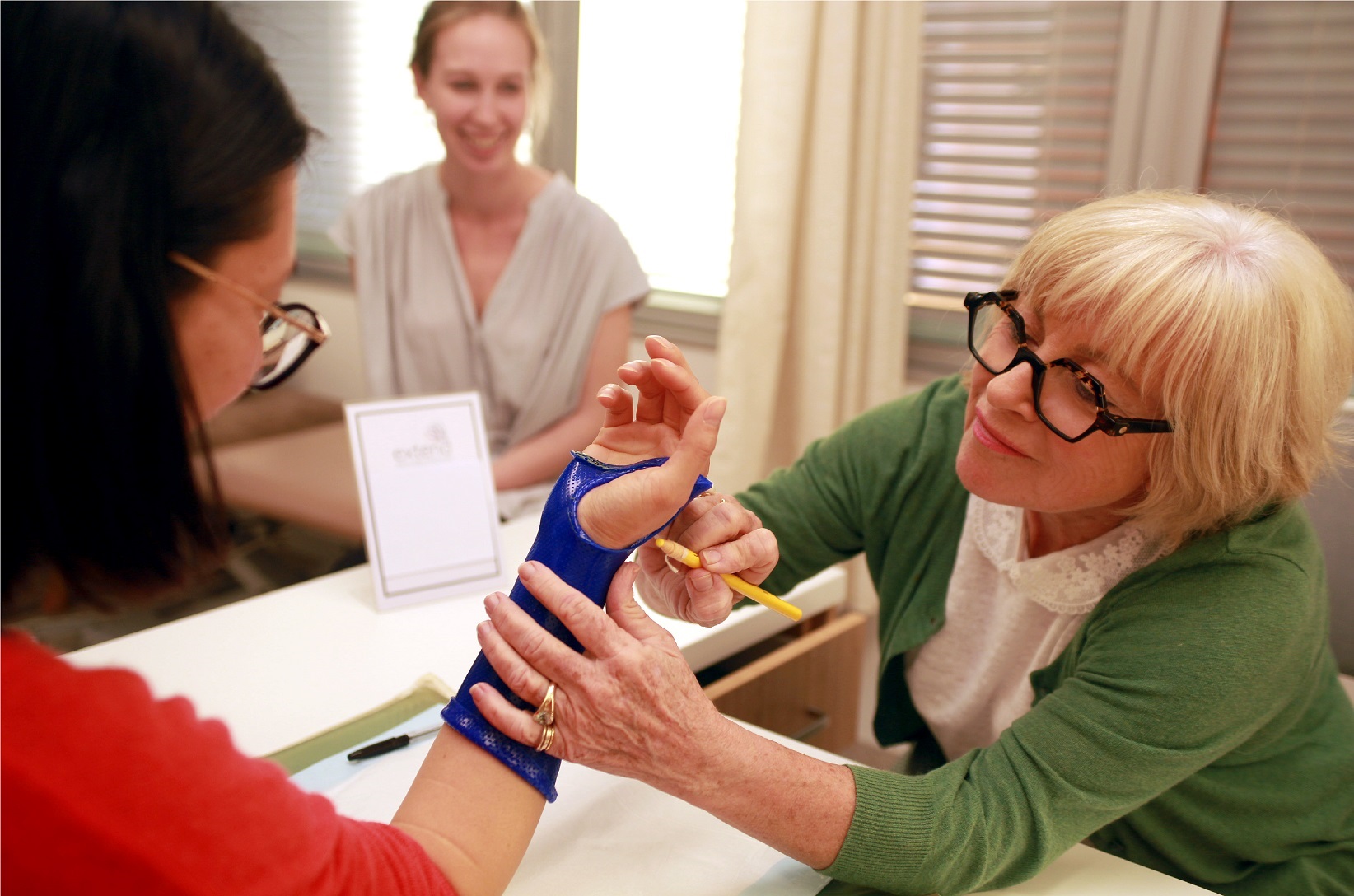Wolfgang Heiss-Dunlop, Mark Ross, Susan E Peters, Karl Gadd, Livio di Mascio, Greg Couzens
The purpose of this study was to compare the inclination of the distal radio ulnar joint (DRUJ) on computer tomography and plain radiography in the coronal plane. Prevalence data for the different inclination types as defined by Tolat et al was calculated for our study population. A modified definition for DRUJ inclination types using computer tomography is proposed. These results regarding the DRUJ morphology are relevant when considering surgical procedures for the DRUJ including ulnar shortening osteotomy and DRUJ reconstruction and arthroplasty.
Two independent investigators compared the plain wrist radiographs (XR) and computed tomographs (CT) of patients with normal DRUJs measuring the angle of inclination in the coronal plane. The degree of agreement between XR and CT measurements was determined, establishing mean differences, standard deviations and limits of agreement. Inter- and intra-observer reliability was determined. The prevalence of the three inclination types of the DRUJ, as described by Tolat et al was recorded. Their original definition was modified, by narrowing the inclination range that is included in the parallel Tolat Type 1 DRUJ. The resultant changes in prevalence of the different DRUJ types was noted and compared.
This study has been published in the American Journal of Hand Surgery.




